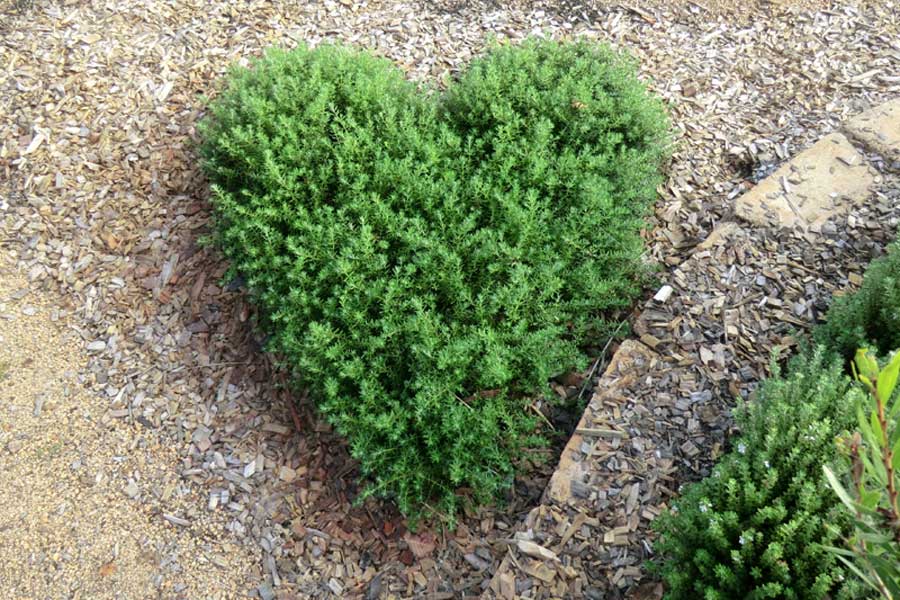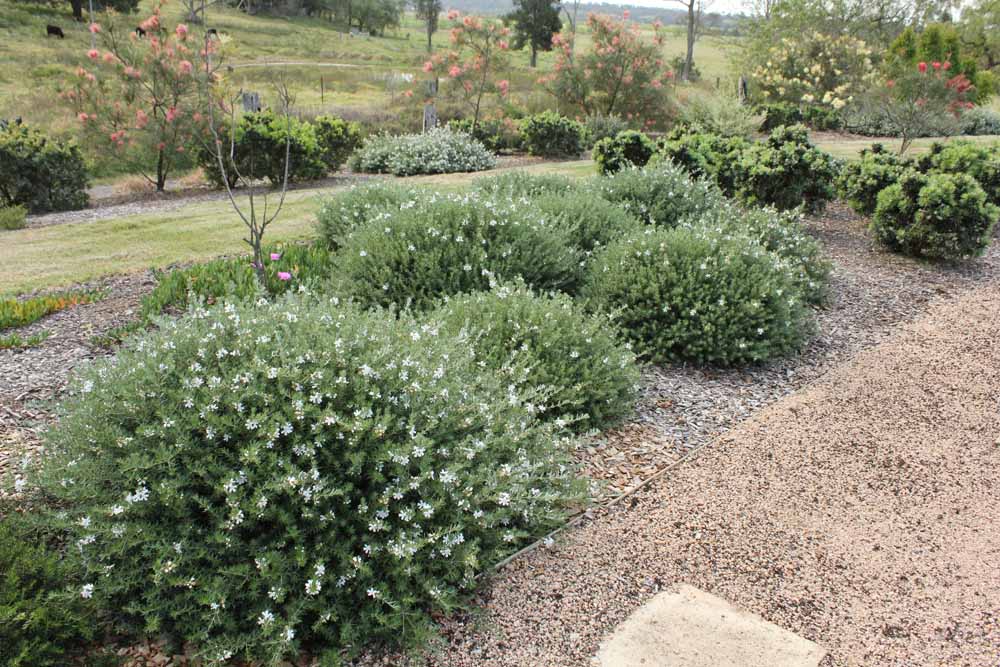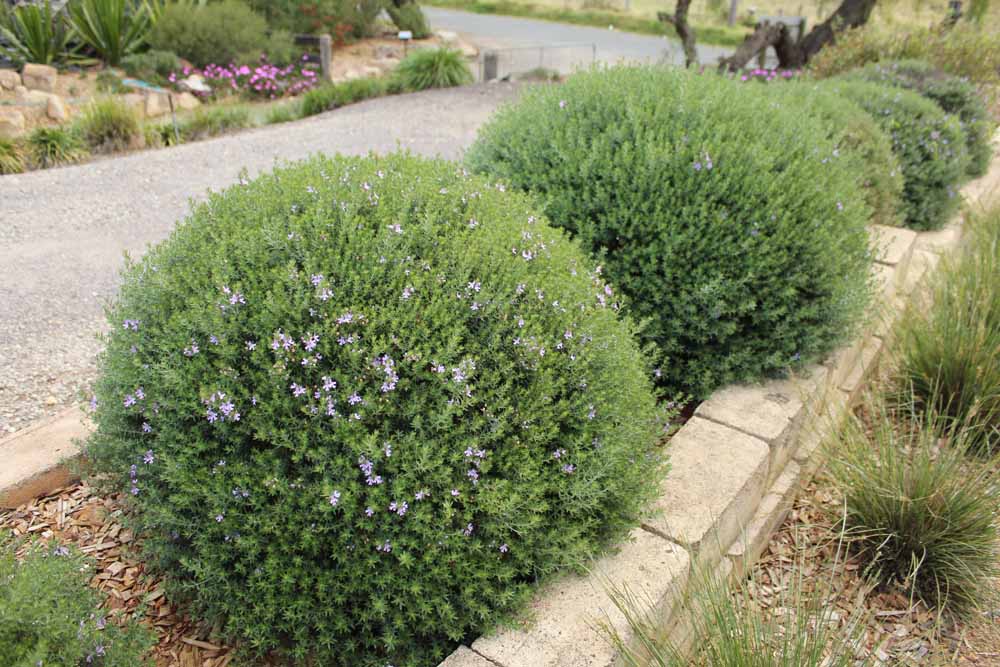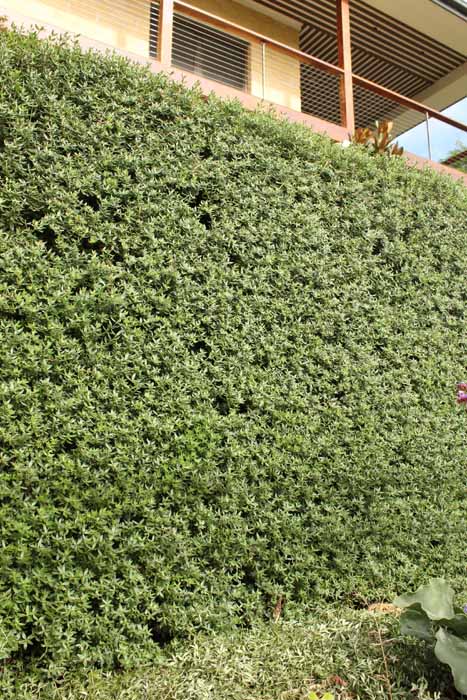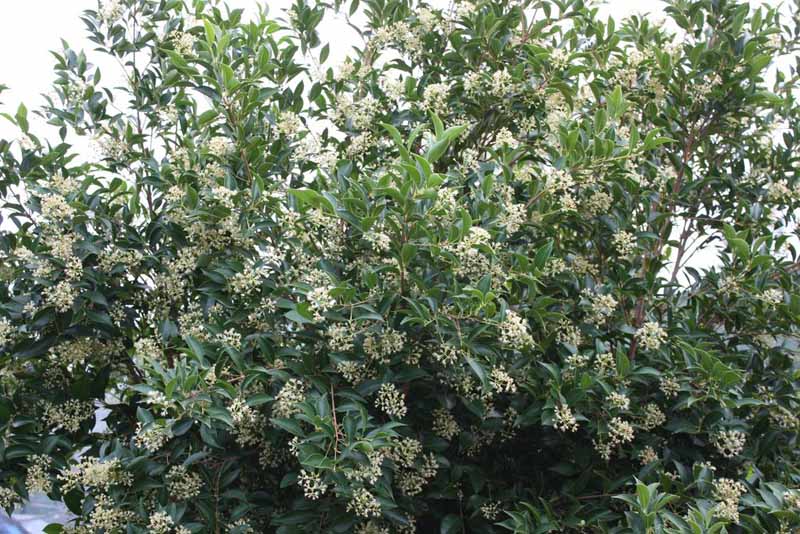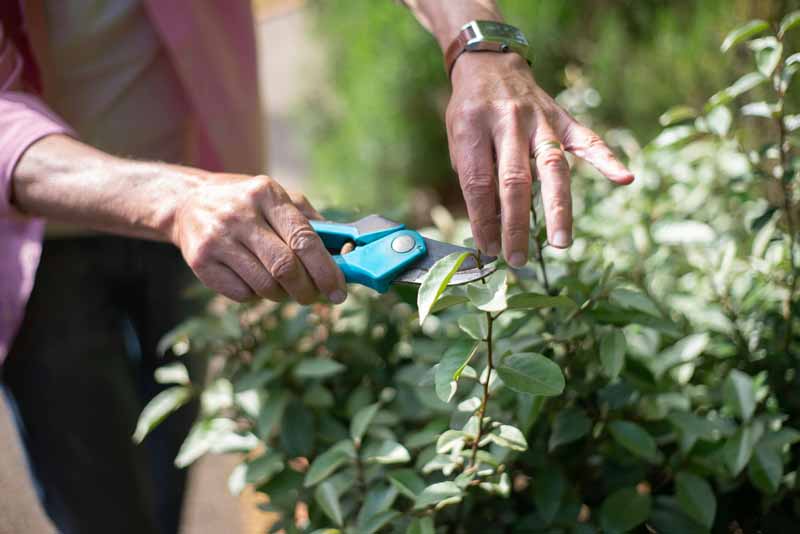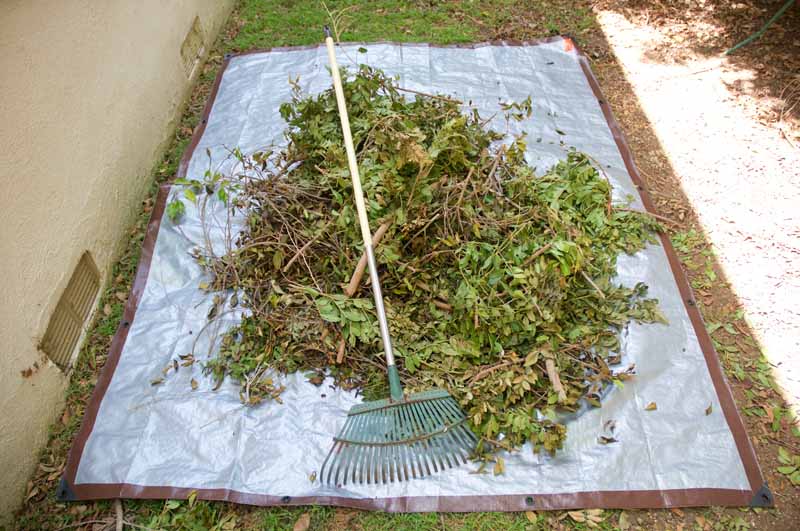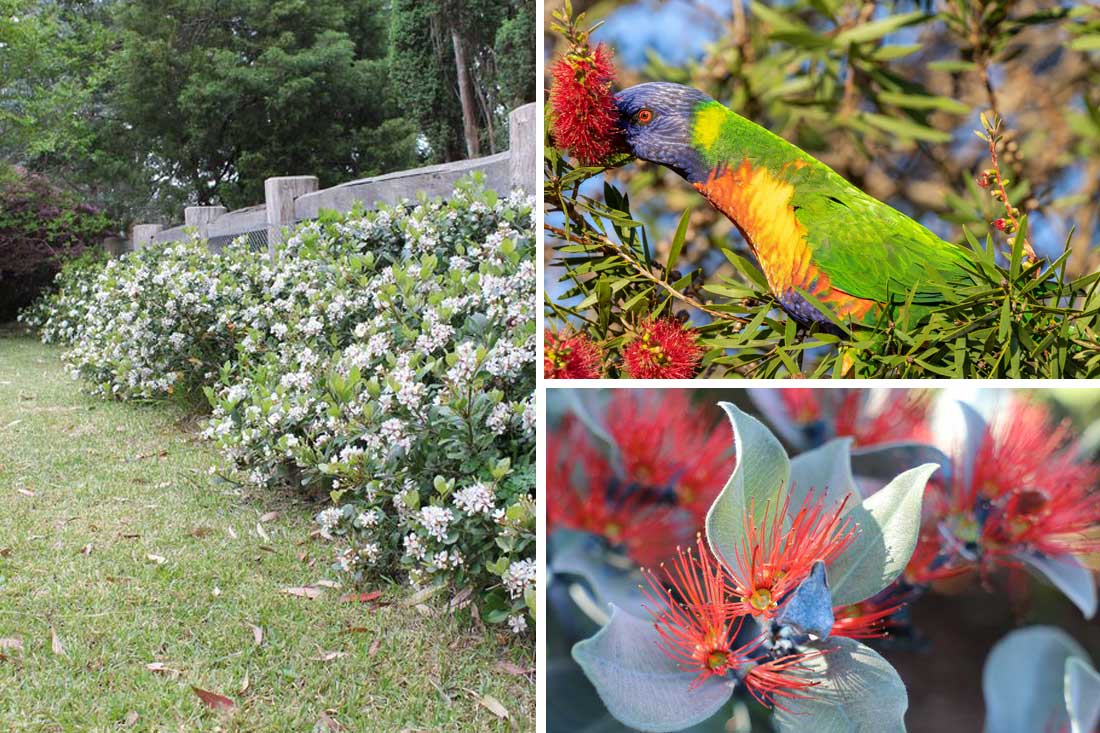Westringias are one of Australia’s best ornamental plants. They’re hardy, support local wildlife, and are perfect for hedging. But all westringias aren’t all equal.
This guide shines a spotlight on the genus, and exposes some of the best cultivars available which are low fuss, functional and reliable.
Understanding the Genus
The genus Westringia belongs to the mint family Lamiaceae, encompassing a variety of species adept at forming dense, bushy hedges. These plants are indigenous to different parts of Australia, where they’ve honed adaptability to flourish along coastlines and in the country’s rugged interior.
Selecting Your Westringia Hedge
Selecting a Westringia hedge requires careful consideration of your specific landscape needs and desires. Keep reading as we guide you through this process, ensuring your choice not only complements your garden’s design but also prospers within its environmental constraints.
Criteria for Choosing the Right Westringia
An effective hedge starts with selecting the right plant. Account for the mature size of the Westringia species, desired hedge height, and spread to avoid future problems with overgrowth or crowding.
Observe your garden’s conditions. See what the sunlight does throughout the day (and ideally, throughout the year). Take note of your local climate and any micro-climates within the garden. Test your soil’s texture (sand/silt/clay/laom), it’s structure (does it stick together well or fall apart like dust?) and its pH.
Decide what you’re hoping to achieve from your westringia. Are you looking for a bit of interest, or do you need some screening? Perhaps you’d like to define borders or attract wildlife? Would you like silver foliage or green? White flowers or blue/purple?
Each of these factors will impact your choice.
Top Westringia Varieties for Hedges
Creating the perfect hedge means finding a cultivar that not only matches your aesthetic preferences but also thrives in your specific garden conditions.
Some horticulturists like to use plants grown by seed; these are great but the downside is there’s no way of telling how they’ll perform. Just like in nature, many of these plants will fail to look good or die prematurely.
On the other side of the equation, cultivated varieties (cultivars) have been bred and cloned through cutting or tissue culture to replicate the exact same plant over and again. This means that they’ll perform how they’re supposed to, whether you’re buying one plant or 1,000.
Grey Box™ Westringia fruticosa ‘WES04’ PBR
Grey Box™ Westringia stands out with its compact ball shape and grey foliage, ideal for those seeking a hedge with great colour contrast. Its white flowers bloom profusely from September to May, providing extended visual interest.
As a low hedging alternative to the traditional English Box, Grey Box™ Westringia is drought-tolerant and performs well in full sun to light shade, fitting seamlessly into a variety of landscapes. Not only can it tolerate drought, but also does well in extremely wet conditions, unlike most westringias which are quick to get root rot.
Reaching heights and widths of 30-45 cm without pruning, it’s suitable for small hedges or as a structural feature in mass plantings.
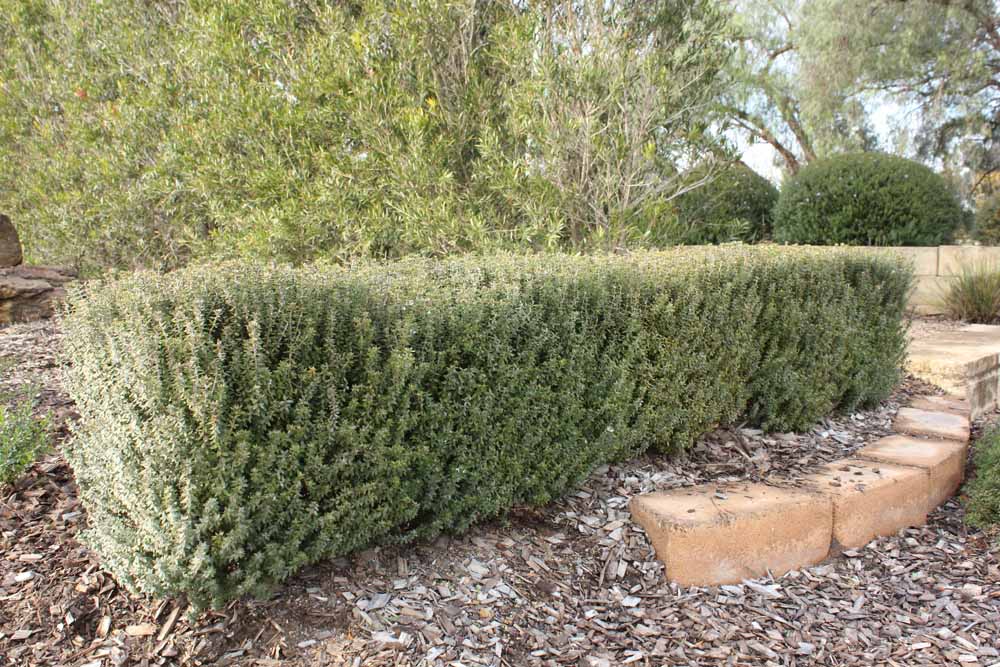
Aussie Box® Westringia ‘WES08’ PBR
Aussie Box® Westringia distinguishes itself with its denser growth habit and mauve flowers. Compared with the silver foliage of Grey Box Westringia, this cultivar has vivid green leaves.
Ideal for tight hedging due to its ability to maintain a neat shape with minimal pruning, it offers a native alternative with added floral interest. This variety can handle both sunny and semi-shaded conditions and adapts to most soil types.
It thrives in temperate regions across Australia, reaching an unpruned height and spread of up to 95 cm, making it versatile for medium-sized hedges.
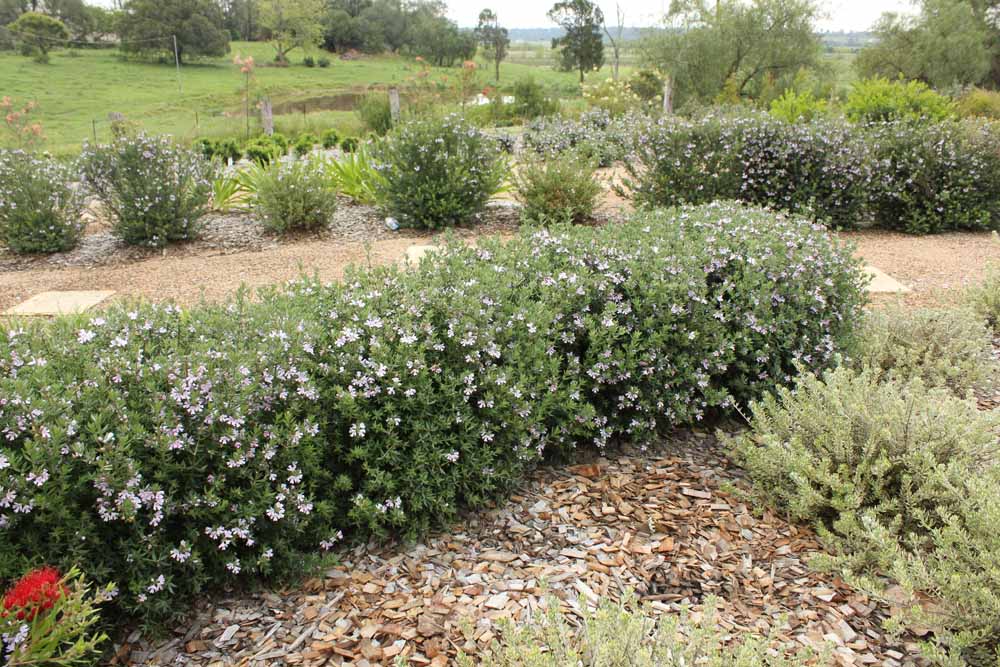
Mundi™ Westringia fruticosa ‘WES05’ PBR
The ground cover shrub Mundi™ Westringia is beloved for its toughness and beauty, producing masses of white flowers throughout spring and summer.
This low-growing variety extends up to 2 meters wide with a height of just 50 cm, making it an optimal choice for sprawling, low-maintenance hedges or as a full-bodied ground cover to suppress weeds and retain soil moisture.
It’s another variety that thrives in both drought and serious flooding; though when it’s sitting in water consistently for a long time, this variety can grow much larger than it’s supposed to.
Low Horizon™ Westringia fruticosa ‘WES06’ PBR
For the lowest hedge or border, Low Horizon™ Westringia presents the densest and most compact form. This ultra-compact ground cover, true to its innovative breeding, has a height of only 30 cm while spreading up to 70 cm wide.
Its ability to remain neat with less pruning marks it as a superior choice for formal gardens or where maintenance wants to be kept to a minimum.
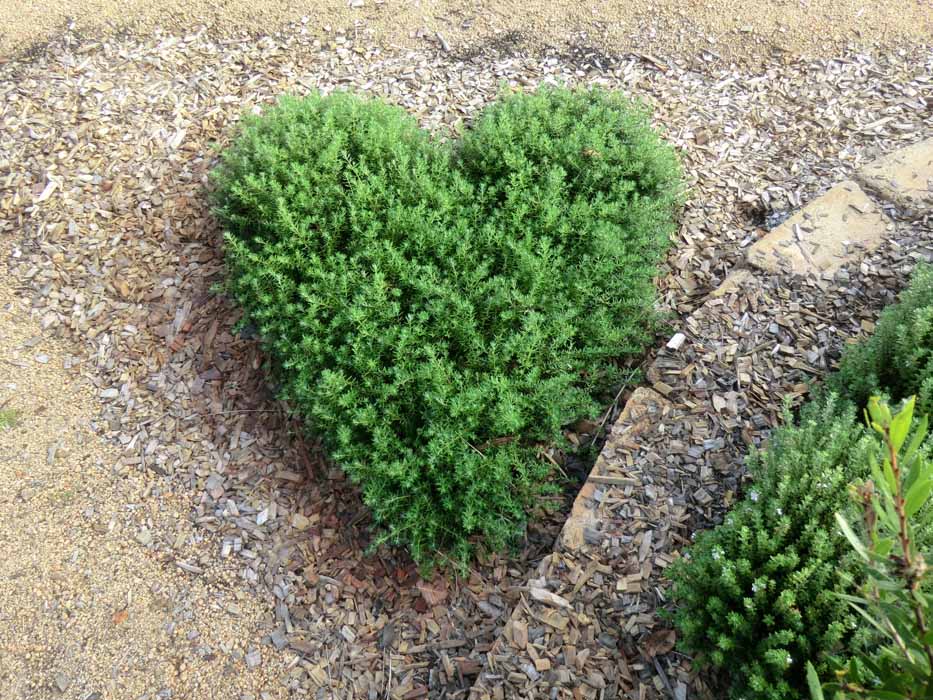
Blue Gem™ Westringia ‘WES03’
Staying true to its name, Blue Gem™ Westringia brandishes vivid bluish-purple flowers, which are prolific in spring and appear regularly throughout the rest of the year.
With a more open growth habit than some of its counterparts, this cultivar achieves heights of up to 1.5 meters, making it an excellent choice for taller hedges while maintaining the ability to shape to your desired form.
Naringa™ Westringia fruticosa ‘WES01’ PBR
As the tallest in this selection, Naringa™ Westringia holds the title of the best medium to tall hedging plant, reaching approximately 2.2 meters in height.
Quick to establish and easy to maintain, it’s a standout choice for rapid screening and privacy. With its ability to keep its form even when pruned infrequently, this variety is for those who need height without the hassle.
Conclusion
Whatever your garden goals are, there’s a westringia that’s perfect for your garden. There are varieties perfect for screening, for topiary, for adding colour or for defining borders. They’ll all support local biodiversity with the habitat formed by their tight branches, and the food of their nectivorous flowers that feed birds and insects alike.
Take the time to browse the above options, click the links to learn more about each plant, and move forward confidently to specify one or more in your next garden design.

